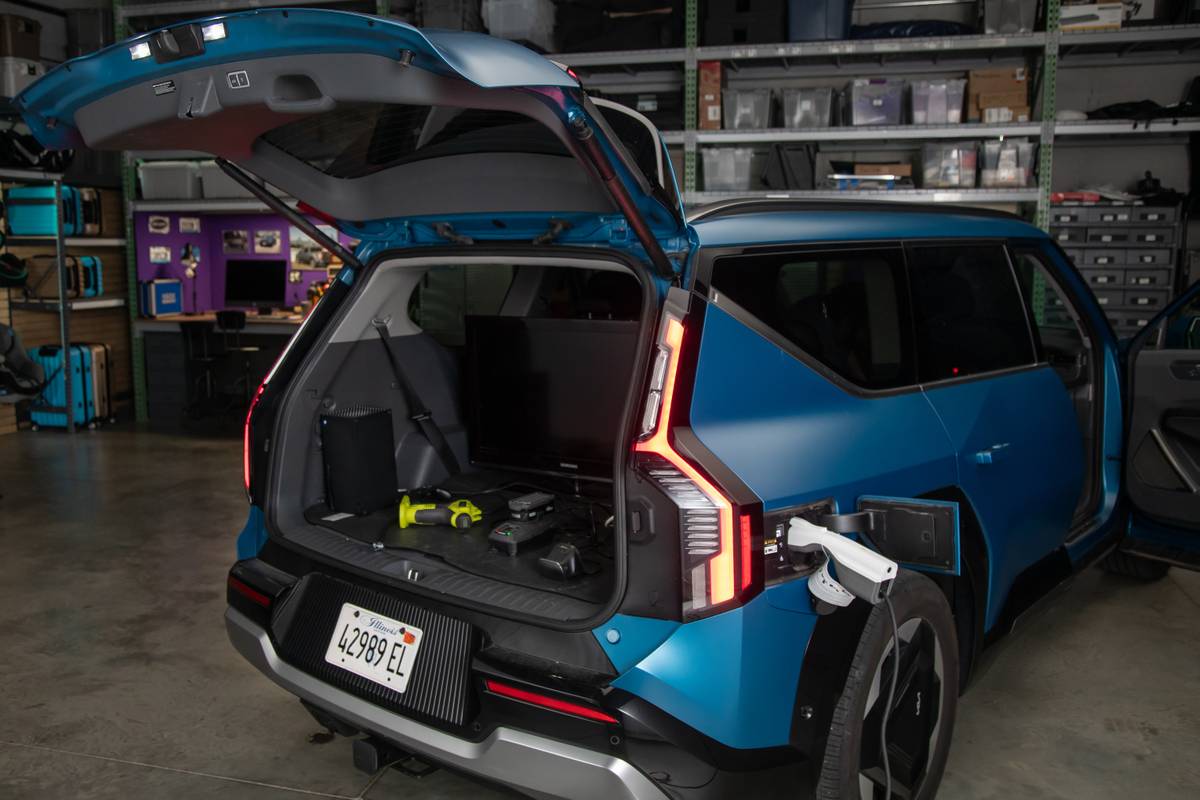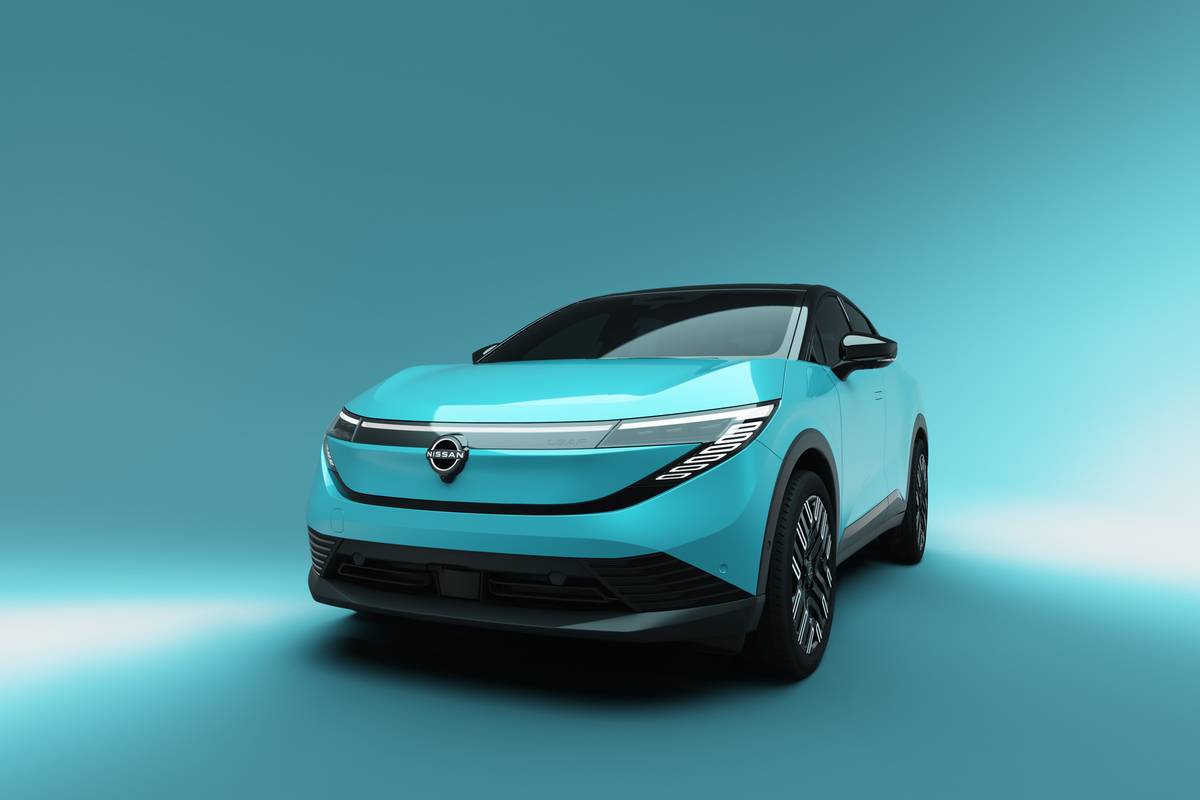KansasCity.com's view
ELKHART LAKE, Wis. – A four-door Porsche? Purists may scoff that Porsche doesn’t need a sedan or that the styling isn’t elegant, but put them behind the wheel and the seat of their pants will tell them that this four-passenger Porsche is not only fully capable of hustling around a racetrack like a sports car, but it is also quite comfortable as a luxury sedan. Beauty is as beauty does.
The rationale for building the 2010 Panamera went like this: “There is no true sports car for four people,” said David Pryor, vice president of marketing for Porsche Cars North America.
The company’s goal was to create a ground-up sports car with the size and luxury to take on competitors such as the Mercedes-Benz S-Class, the BMW 7-Series and the Audi A8.
The front-engined 2010 Panamera has a 4.8-liter V-8 and rear-wheel or all-wheel drive. Prices begin at $89,800 for the S, $93,800 for the 4S and $132,600 for the Turbo.
The Panamera’s engine is related to the one used in the Cayenne. The base engine delivers 400 horsepower while the twin-turbo produces 500 horsepower. Both have direct fuel injection and variable timing for the intake valves.
Porsche invited journalists to get a hands-on feel for the 2010 Panamera at Road America, one of the country’s finest and most historically significant road-racing tracks.
The Turbo was impressive because it is capable of accelerating to 60 miles per hour in four seconds. Braking from 135 mph down to less than half that speed, while going downhill into turn 5, was an eye-opening experience. The car felt stable and secure as the huge brakes erased the speed. Ceramic brakes are optional and should be even more effective.
Professional drivers rode with each journalist. My instructor was David Donohue, son of the legendary late Mark Donohue and winner of the Rolex 24 at Daytona in January. When Donohue drove hot laps, the big car danced and squealed its way through corners with all four tires sliding lightly, yet it never felt as if it was overtaxed.
A Sport button on the console firms up the suspension and gives the engine and transmission a more aggressive response. The Turbo is available with Sport Plus, which lowers the car about an inch, changes the engine control system to allow for more turbo boost for a few seconds and makes gearshifts even faster.
Air suspension is standard, but an optional dynamic chassis control helps eliminate body roll in corners.
Porsche calls the Panamera a gran turismo, and touring is its forte. On the highway, it is fast and relaxed. It would be ideal for a high-speed, cross-country journey because it feels like a personal jet. The rear bucket seats are as deeply contoured and as supportive as those in the front, and rear headroom and legroom are surprisingly generous.
The back seats fold forward, and the resulting cargo space can accommodate a bicycle.
The Panamera’s seven-speed transmission is essentially a manual transmission that is shifted automatically, or with paddles on the steering wheel. Called PDK, for Porsche-Doppelkupplungsgetribe, or dual clutch transmission, this unit shifts gears with lightning speed, and it seems to have the right gear for nearly every situation.
The Panamera has a start-stop function that shuts off the engine when the car is stopped and restarts it immediately when the brake is released. This feature saves fuel and reduces emissions. Porsche says this is the first use of such a system with the PDK transmission.
Fuel economy is rated at 16 miles per gallon in the city and 24 on the highway for the base engine and 15 city, 23 highway for the Turbo. The gas-guzzler tax is avoided.
The cockpit feels like that of an aircraft. Porsche wanted to avoid using a mouselike knob that is becoming popular among high-end cars, so the driver is surrounded by buttons – on both sides of the center console and on the ceiling. While the number of buttons looks confusing at first, they are grouped by function and are easy to understand.
To save weight, aluminum, magnesium and boron steel are used for the body. The underbody is smooth for more efficient aerodynamics, and a movable spoiler rises up from behind the rear window to create downforce at high speed.
The customer can tailor the Panamera for performance and comfort by choosing items from a long list of options. One particularly impressive option is the Burmeister audio system that has 16 speakers and 1,000 watts of power. It turns the car into a 400-horsepower set of headphones.
Price
The Panamera S starts at $89,800, the Panamera 4S starts at $93,800 and the Panamera Turbo begins at $132,600.
Warranty
Four years or 50,000 miles.
There is no “At a Glance” box because this is a preview drive of early production models.
2010 Porsche Panamera
Engine: 4.8-liter, 400-hp V-8, 4.8-liter, 500-hp V-8 (Turbo)
Transmission: Automatic
Rear-wheel or all-wheel drive
Wheelbase: 115 inches
Curb weight: 3,968 to 4,343 lbs.
Base price: $89,800 for the S, $93,800 for the 4S, $132,600 for the Turbo
MPG: 16 city, 24 hwy. for the S, 15 city, 23 hwy. for the Turbo
To reach Tom Strongman, send e-mail to tom@tomstrongman.com.
Latest news



